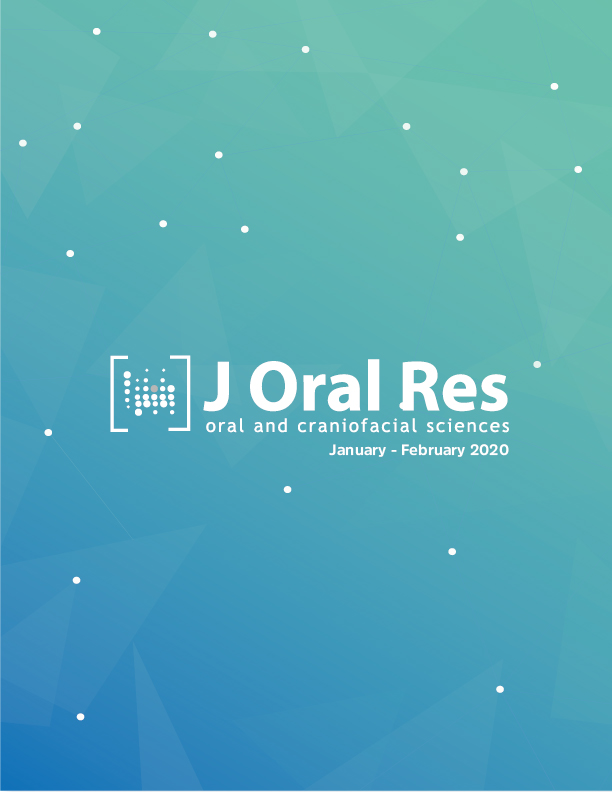Comparación entre trastornos del sueño y registros polisomnográficos de adultos jóvenes con y sin bruxismo del sueño: Un estudio transversal.
DOI:
https://doi.org/10.17126/%25xResumen
Objectives: To compare sleep disorders and polysomnographic records among a group of young adults with sleep bruxism (SB) and a control group (C). Material and methods: This cross-sectional study considered a consecutive sampling of students from the target population, searching for cases of SB until 20 individuals with and without SB were obtained. Sleep disorders were determined by applying both medical records and physiological records during sleep which were gathered from a polysomnography exam. To establish the difference of the means according to SB, the T-Student or Mann-Whitney U tests were used, depending on the data. A Logistic Regression analysis was also applied. Results: The study found differences (p-value<0.05) in the variables related to the sleep disorder: the possibility of major depressive episode (SB: 30% - C: 5%), degree of nasal airway obstruction (SB: 20% - C: 10%) and in polysomnographic registers: sleep time stage 1 (SB: 9 min - C: 18 min), Rapid Eye Movement (REM) stage (SB: 123 min C: 93 min ), number of periodic movement of the limbs (SB: 84.2 - C: 49.7), bruxism index (SB: 40.2 - C: 10.1) and average of total arousals (SB: 71.9 - C: 57.5). According to the logistic regression model, the Odds Ratio (OR) of SB, in relation to the periodic movement of the limbs and the degree of airway obstruction, it showed a statistically significant relationship (p-value<0.05). Conclusion: There were significant differences recorded in two sleep disorders between the two groups: the degree of airway obstruction and the possibility of having a major depressive episode. Differences were found in sleep and REM time stages, periodic movement of limbs and bruxism events.
Descargas
Publicado
Número
Sección
Derechos de autor 2020 Universidad de Concepción

Esta obra está bajo una licencia internacional Creative Commons Atribución 4.0.
Este es una Revista de acceso abierto distribuido bajo los términos de Creative Commons Attribution License (CC BY 4.0). Se permite el uso, distribución o reproducción en otros foros, siempre que se acredite al autor o autores originales y a los propietarios de los derechos de autor y se cite la publicación original en esta revista, de acuerdo con la práctica académica aceptada. No se permite ningún uso, distribución o reproducción que no cumpla con estos términos. © 2023.










